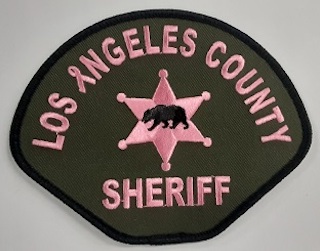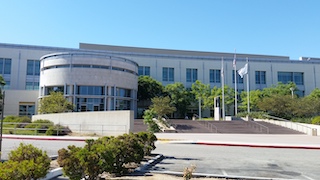In many cases involving any type of traffic stop, there is a suspicion that police decided to pull over our client well before the alleged Vehicle Code violation took place. There even may be no Vehicle Code violation involved, something that can be shown by observing the police car’s Mobile Video Audio Recording System (MVARS) tape, if the car was using one and it was operable.
In our experience, such a tape may contain banter between the officers that shows the officer were determined to pull over a specific car somehow, eventually, and may have had some type of bias or motive of revenge against the driver.
When there is no MVARS tape, defendant can ask the judge to order the police department to retain in its possession and preserve as evidence all tape-recorded radio transmissions, phone calls or both for a certain date concerning defendant’s case. Defendant should give the judge a copy of the police report to show the names of the officers involved in the transmissions and/or phone calls.
If the judge does grant such an order, the judge typically also orders the police to make available the tape recording to defendant’s attorney or investigator to review, usually for 30 days or so.
This request is based on the right of a defendant to obtain copies of tape recordings concerning communications by law enforcement officers involved in a defendant’s arrest.
People v. Madden (1970) 2 Cal.3d 1017;
Ojeda v. Superior Court (1970) 12 Cal.App.3d 909;
People v. Harvey (1958) 156 Cal.App.2d 516.
Tapes belonging to state agencies must be preserved for at least two years. 64 Ops. Cal. Atty. Gen 435 (1981). City and county agencies must preserve “recordings of telephone and radio communications maintained by the department or special district” for at least 100 days and must maintain all routine videotapes for one year. If the recordings are evidence in any pending claim or litigation, they must be preserved through resolution of the litigation or the claim. Gov’t Code § 26202.6(a);
Nelson v. Superior Court (2001) 89 Cal.App.4th 565, 572. Since many government agencies do not follow these rules, it is important to demand a copy of such a tape as soon as its existence is revealed, or perhaps even in an early, informal discovery request under Penal Code § 1054.5(b) and
Brady v. Maryland (1963) 373 U.S. 83, 83 S.Ct. 1194.
When making a motion for such an audio recording, it is good to attach a subpoena duces tecum to the motion. The declaration or affidavit accompanying the subpoena should include information to help law enforcement locate the tape, i.e. the DR number for the arrest, the date and time of the recording, the names of the officers who received or sent the transmission or were on the phone call. If the judge signs the order, then the subpoena can be served on the police department with a copy of the judge’s order.
 LA County Sheriff Patch
LA County Sheriff Patch
 Marietta Courthouse
Marietta Courthouse LA County Sheriff Patch
LA County Sheriff Patch